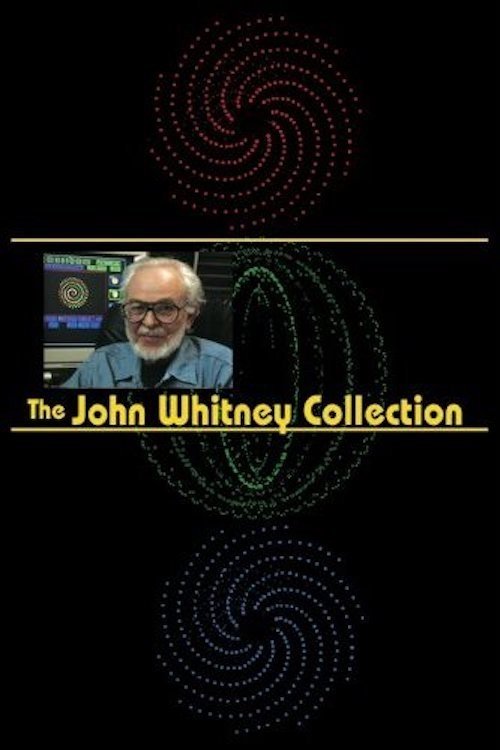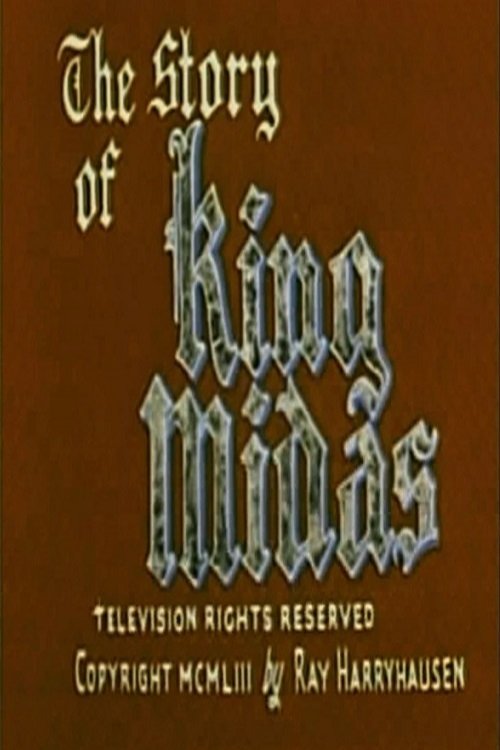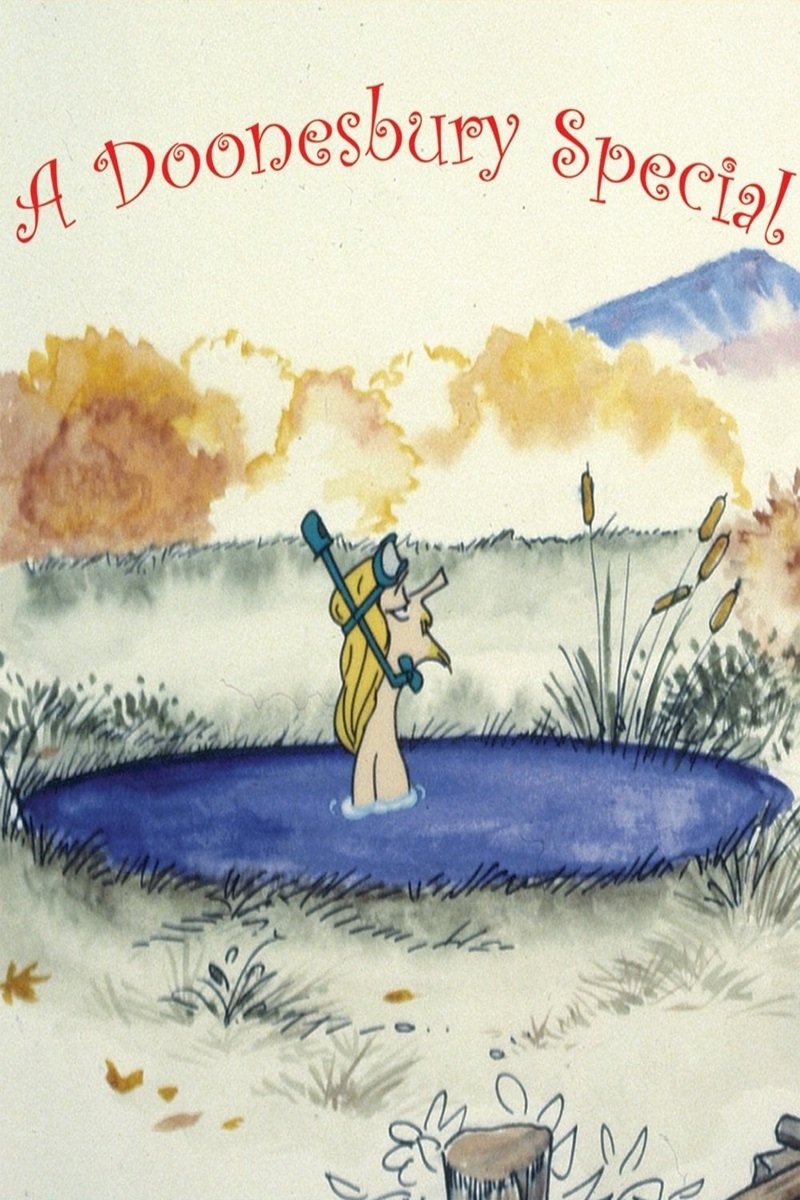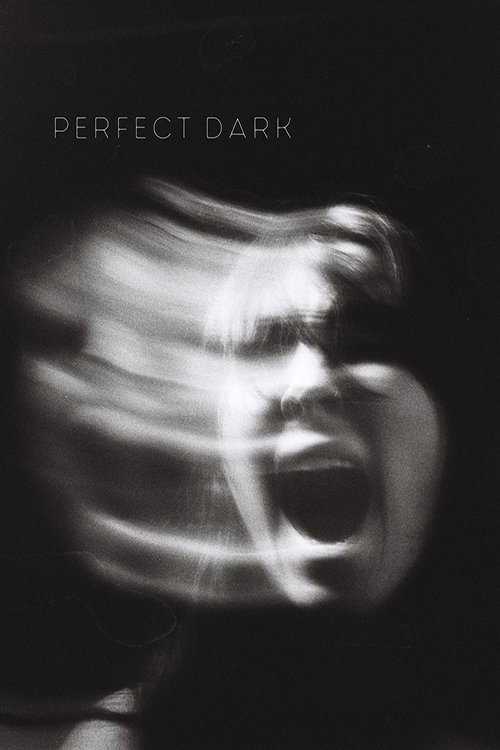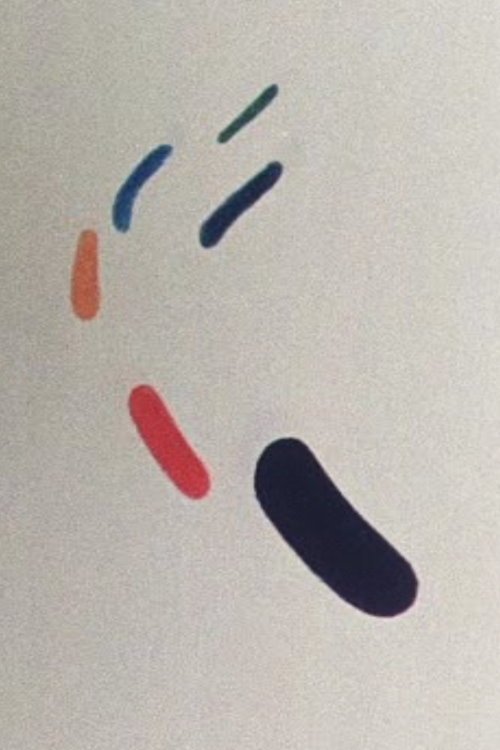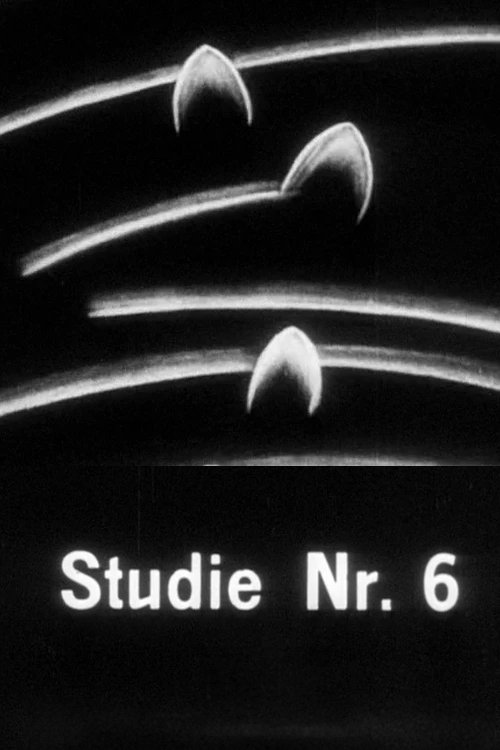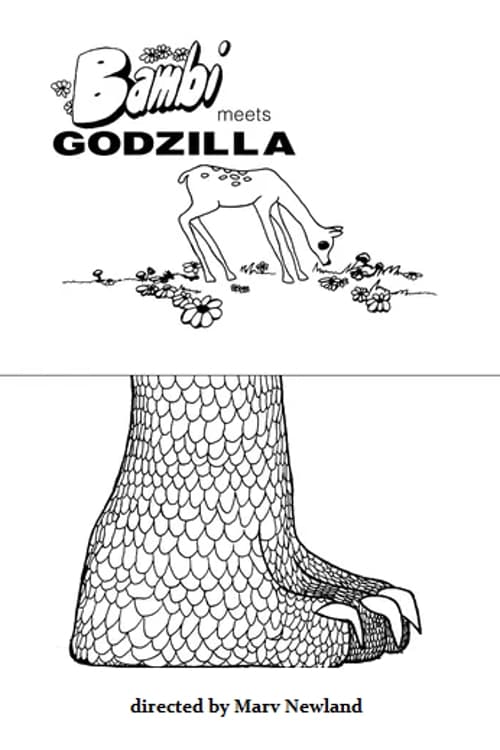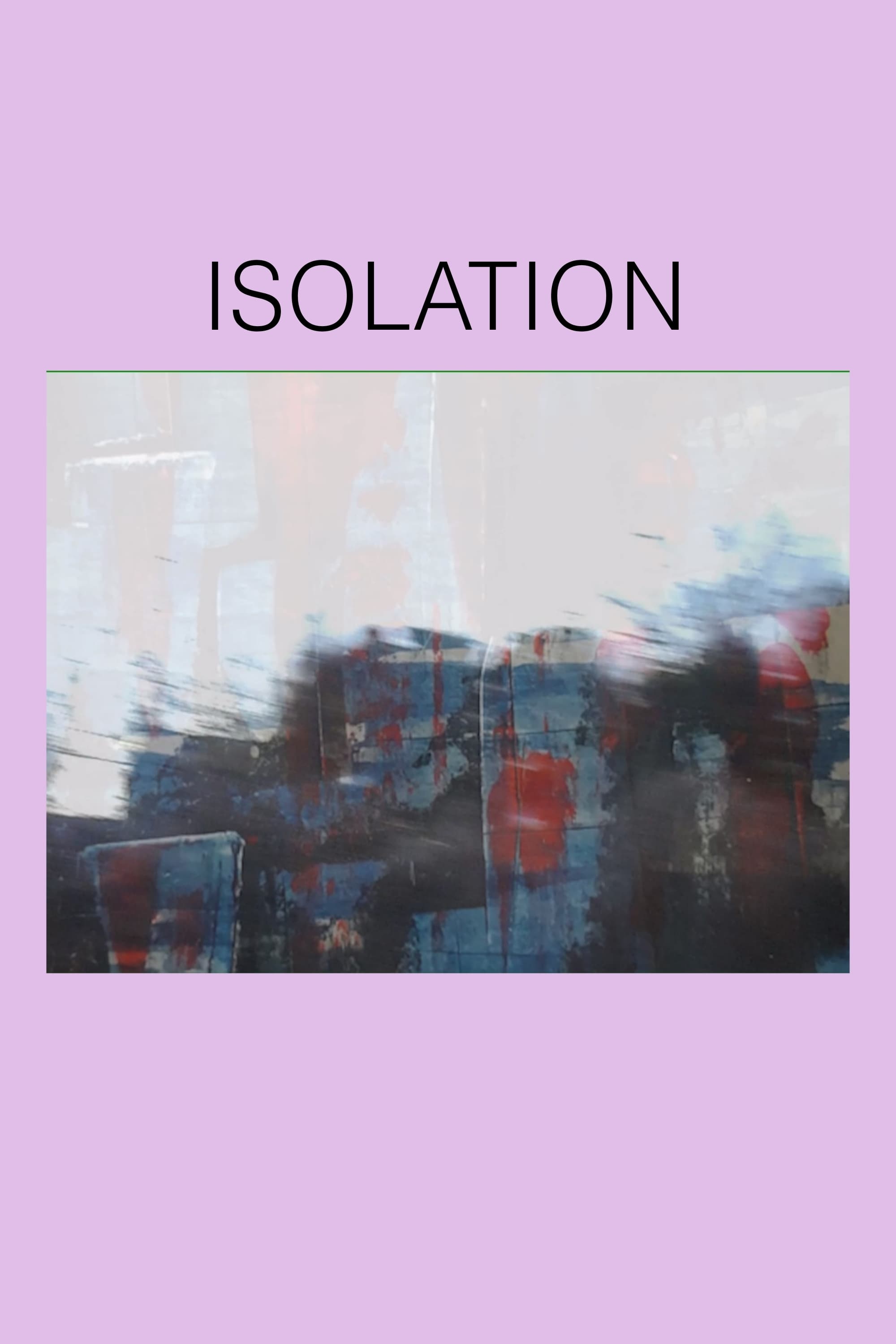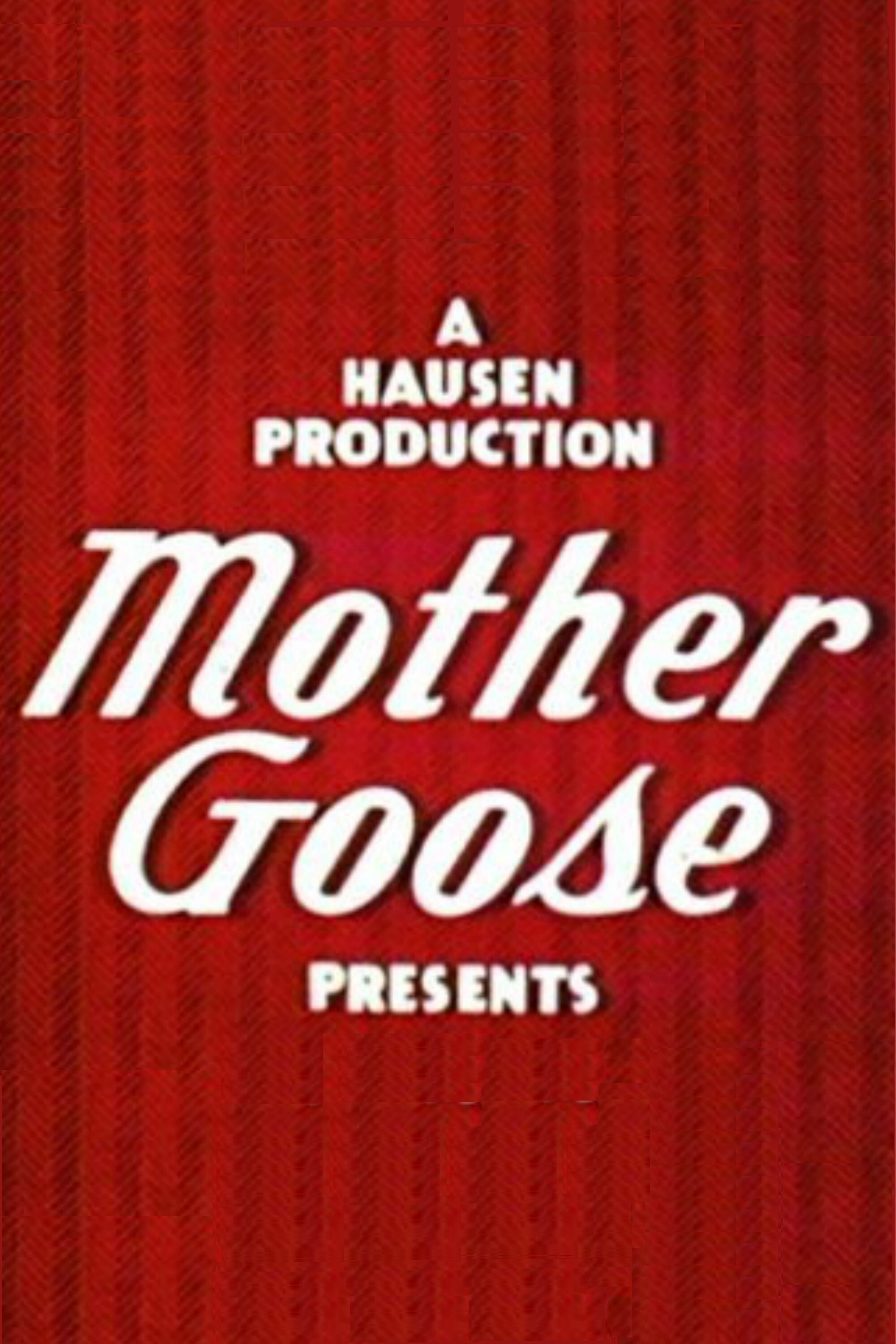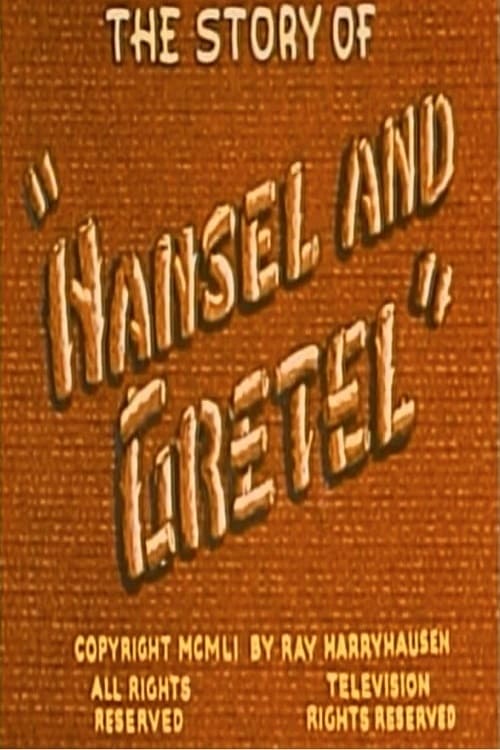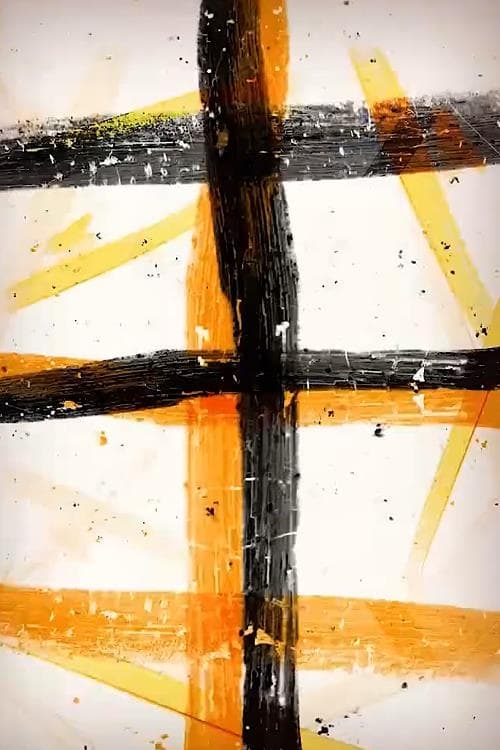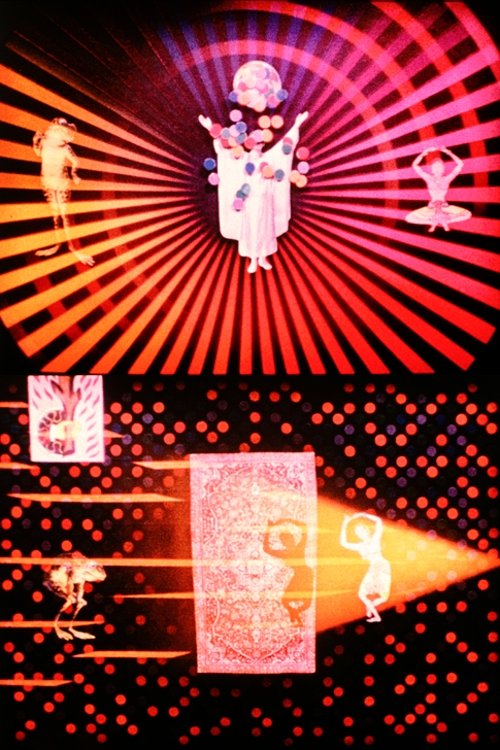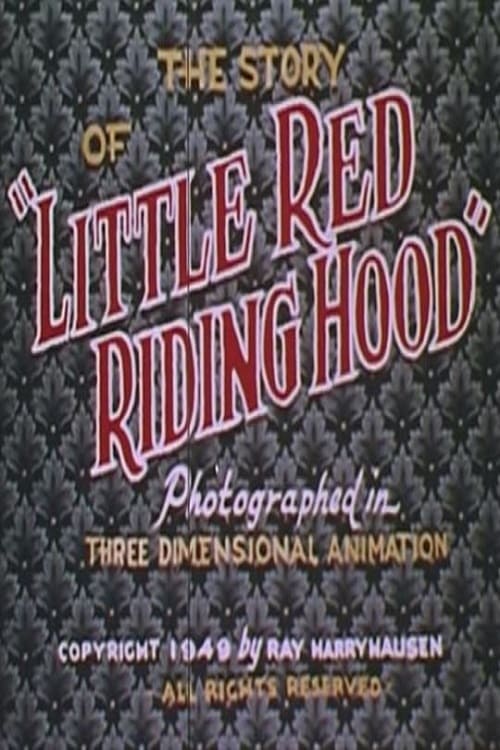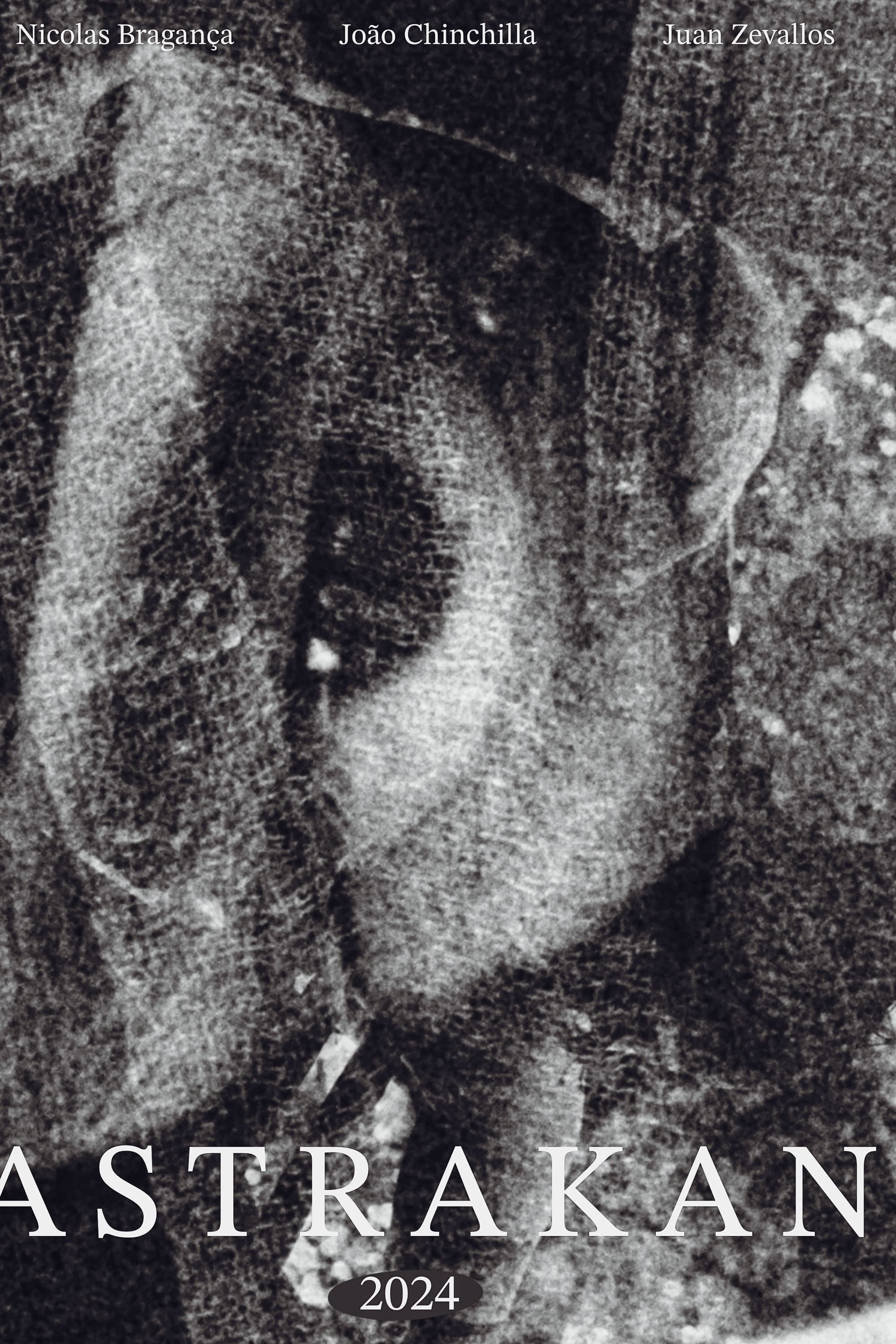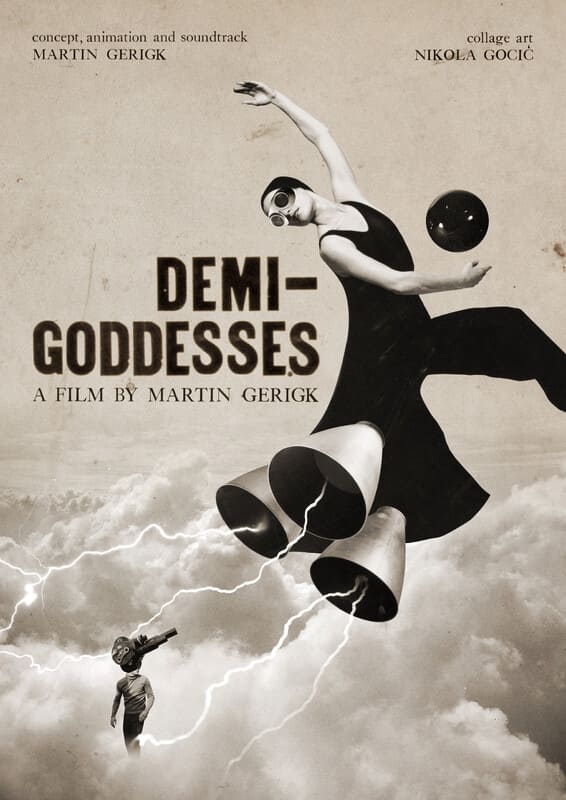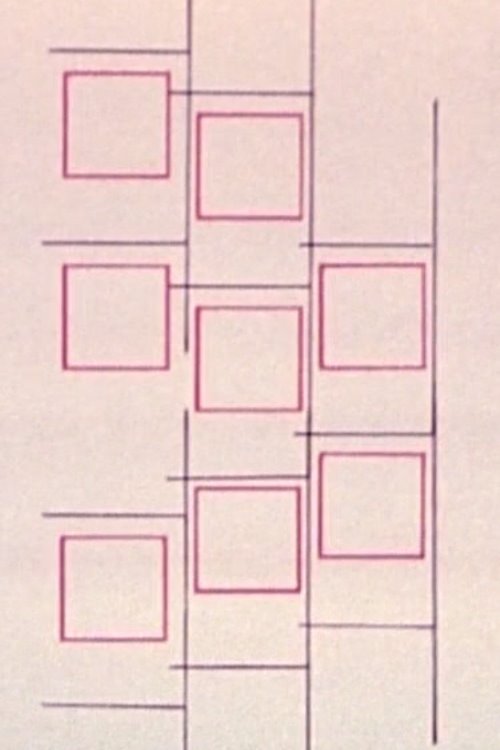
Shapes and Gestures (1977)
Overview
Begins as a whimsical piece with 'sheets' of lines running down the screen, progressing into more and more complex geometic patterns but without deviating from the basic precepts of 'dot and line' animation. Jazz piano on a lazy Sunday afternoon, and a spring color palette. -- Stephanie Sapienza. Preserved by the Academy Film Archive in 2001.
Production Companies
Additional Info
| Budget | $0.00 |
|---|---|
| Revenue | $0.00 |
| Original Language | en |
| Popularity | 0.032 |
Directed By
Jules Engel
TOP CAST
Similar Movies
Five Film Exercises: Film 1
Begins with a three beat announcement drawn out in time which thereafter serves as a figure to divide the four sections. Each return of this figure is more condensed, and finally used in reverse to conclude the film. Preserved by the Academy Film Archive in 2004.
The Story of King Midas
A greedy King Midas is visited one day by a mysterious visitor who grants him the ability to turn all things he touches to gold. He learns his lesson when the food he tries to eat and his own daughter are turned to gold as well. The visitor reappears and offers him the opportunity to return to his old self, which he gladly does. Preserved by the Academy Film Archive in 2004.
A Doonesbury Special
Garry Trudeau's classic characters (Mike Doonesbury, Zonker, etc.) examine how their lifestyles, priorities, and concerns have changed since the end of their idealistic college days in the 1960s. Preserved by the Academy Film Archive in 2012.
Study No. 6
The first Studies were synchronized with records (Fischinger made a total of 13 Studies all without sound). It was only with the introduction of sound, beginning with Study No 6 that the films did full justice to this musical principle. The play of the white lines, the arcs, and the upside-down U’s running hither and thither like ballet dancers was brought into perfect synchronization with the music, and thus the films offered an abstract illustration of the melodies. Study No 6 is certainly the best of his films in terms of forms. - Hans Scheugl and Ernst Schmidt, Jr. Preserved by the Academy Film Archive in 2001.
Bambi Meets Godzilla
Bambi is nibbling the grass, unaware of the upcoming encounter with Godzilla. Who will win when they finally meet? Preserved by the Academy Film Archive in 2009.
Celery Stalks at Midnight
Early 'visual music' film by John Whitney. Preserved by the Academy Film Archive in 1999.
Nursery Rhyme Review
A compilation of four Mother Goose stories "photographed in three-dimensional animation" and unified by a prologue and an epilogue with Mother Goose herself magically setting up a projector to show the films. The familiar nursery rhymes are "Little Miss Muffet," "Old Mother Hubbard," "The Queen of Hearts," and "Humpty Dumpty." Preserved by the Academy Film Archive in 2004.
The Story of Hansel and Gretel
Stop-motion puppetry version of the classic fairy tale. Preserved by the Academy Film Archive in 2004.
Five Film Exercises: Film 2-3
Two short fragments resulting from experiments in controlling the mechanical development of the instrument. Preserved by the Academy Film Archive in 2005.
The Creation
The film is based on a poem by James Weldon Johnson depicting the power of the southern black American preacher's telling of the biblical creation story.
Spheres
This animated short is a play on motion set against a background of multi-hued sky. Spheres of translucent pearl float weightlessly in the unlimited panorama of the sky, grouping, regrouping or colliding like the stylized burst of some atomic chain reaction. The dance is set to the musical cadences of Bach, played by pianist Glenn Gould.
No. 11: Mirror Animations
Cut up animation and collage technique by Harry Smith synchronized to the jazz of Thelonious Monk's Mysterioso.
The Story of Little Red Riding Hood
A classic tale retold with Harryhausen's trademark animation. Preserved by the Academy Film Archive in 2004.
Demi-Goddesses
The second essay about still dominant dark aspects of our modern society. It is conceived as a surreal anti-patriarchal thought experiment and raises important questions about gender, power, and social change, prompting us to reflect on how historical patterns of discrimination and oppression might be either repeated or overcome in a reversed gendered world. It challenges the viewer to confront their own assumptions and biases, and to consider the possibilities of a more equitable society.

